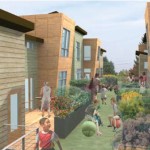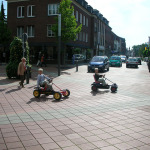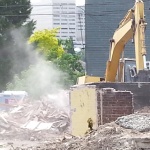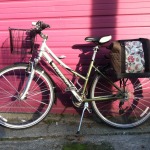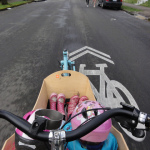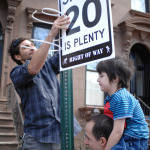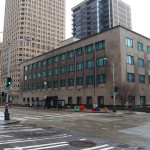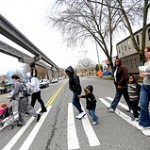Series: Family-Friendly Cities
Kids have been called the “indicator species” of healthy cities. If a street network works well for a five-year-old riding a bike, chances are it works for everyone else. If transit service is safe and frequent enough for parents to feel comfortable allowing teenagers to use it at night, others will use it too. The Northwest’s largest cities are doing a good job of holding onto their kids. But to realize a vision of compact, lively, dense, and truly diverse urban neighborhoods, there’s much more work to be done.
This Sightline series explores the building blocks of great kid-friendly cities: ample affordable housing units appropriately sized for families, zoning laws that allow courtyard and other housing types, public schools in our downtown corridors, streets that provide a buffer between unsteady toddlers and speeding cars, buses that accommodate strollers, and communal spaces that do double duty for parents and their kids.


